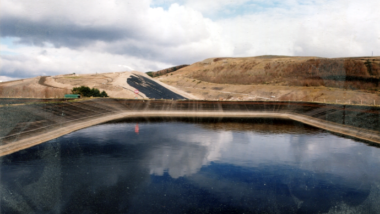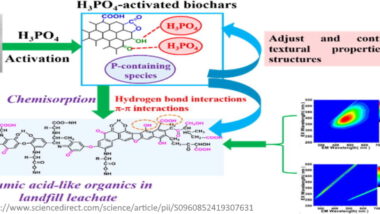A landfill will pollute the environment around it many many years after it has been filled with waste, unless sustainable landfill is the target. Read more about Leachate Treatment and Sustainable Landfill here.
“All landfill, and leachate treatment plant, designers should pay attention to sustainability”
Most who are well-advised, and who follow that advice, will succeed at leachate treatment and sustainable landfill. Others go about it the wrong way, get bogged down and fail. One secret to successful completion is to get a “map” or plan, a track to run on that will lead you to success. Not doing this correctly, or getting this done poorly, may bring on terrible results. You may wind up with a landfill which is a future risk to the environment like all landfills not operated to principles of sustainability, and/or possibly a landfill which pollutes the environment around it even while it is being filled with waste.
What follow are three recommended steps which you can follow to ensure your success.
1st, the landfill will need to be lined with a low-permeability lining system
You must first ensure that all leachate can be collected, treated and recirculated to as far as possible flush out the contaminants in the waste because doing so aids in preventing the landfill from holding organic contamination for many generations of “entombment” in the landfill. Failure to accomplish this may result in these contaminants still being present in the waste when at some future point in geological time that the lining ruptures and spills polluting leachate inot the environment, quite possibly contaminating water supplied from wells in the vicinity for many many years. Please avoid the error of overlooking or slighting this important step!
The second is, the leachate plant must be much larger than for a sanitary or EU Landfill Directive type landfil and very efficient at removing the contaminants
Nearly as essential as the fact that the landfill will need to be lined with a low-permeability lining system whenever dealing with leachate treatment and sustainable landfill is the leachate plant must be much larger than for a sanitary or EU landfill directive type landfill and very efficient at removing the contaminants.
Accept it from me, this isn't something that you should by-pass. It is important to understand the cost and energy requirements for leachate treatment which this entails, which can be something that everyone who would like to succeed with when considering leachate treatment and sustainable landfill but finds a big obstacle to going ahead with sustainable landfills, but truly wants.
Thirdly, the provision of a large energy intensive leachate treatment plant as an essential pre-requisiet to achieving sustainable landfill, can only be avoided if the landfill is filled and left open for long enough to decompose aerobically. The Japanese method of landfilling comes the closest to this and anyone study sustainable landfill should study the Japanese aerobic landfills.
Finally, when working with leachate treatment and sustainable landfill as a laudable principle to be adhered to as far as possible you ought to be sure and at least ensure that your leachate treatment plant uses a biological process actually “treats” the organic content in the landfill and does not simply act as a very high purity filter (as in the Reverse Osmosis Process (RO)). Even worse from a sustainability outlook is the increasingly common practise for RO contaminants (the filtrate) to simply be pumped back into the landfill which goes against all concepts of sustainability.
This will help you with achieving as much as possible within the regulatory regime which in European nations, perversely acts as a dis-incentive to those, forward thinkers in landfill design, wishing to implement sustainable landfill practises, and, a very important part of the energy protecting the environment from landfills in Europe is questionable due to the “entombment” of waste currently occurring under the current EU waste regulations.
If you don't, you might in any event eventually render the filtration/RO process inoperable if the recirculating of certain contaminants in the leachate in the way they surely will if RO is combined with recirculation back into landfills for a long period — and I believe we will agree that it wouldn't be a good thing!
As stated earlier, in the event you aspire to succeed at leachate treatment and sustainable landfill, you want to make sure you never make mistakes that can cause someone to finally end up with a landfill which is a future risk to the environment like all landfills not operated to principles of sustainability tend to be, or maybe even a landfill which pollutes the environment around it even while it is being filled with waste.
That which you really would like is a fully sustainable landfill which will be flushed of so much of its contaminant content, within one generation, that each generation truly “dispose” of its own waste with no legacy passed on to future generations, which goal you'll attain by carefully pursuing the 3 steps outlined above.





